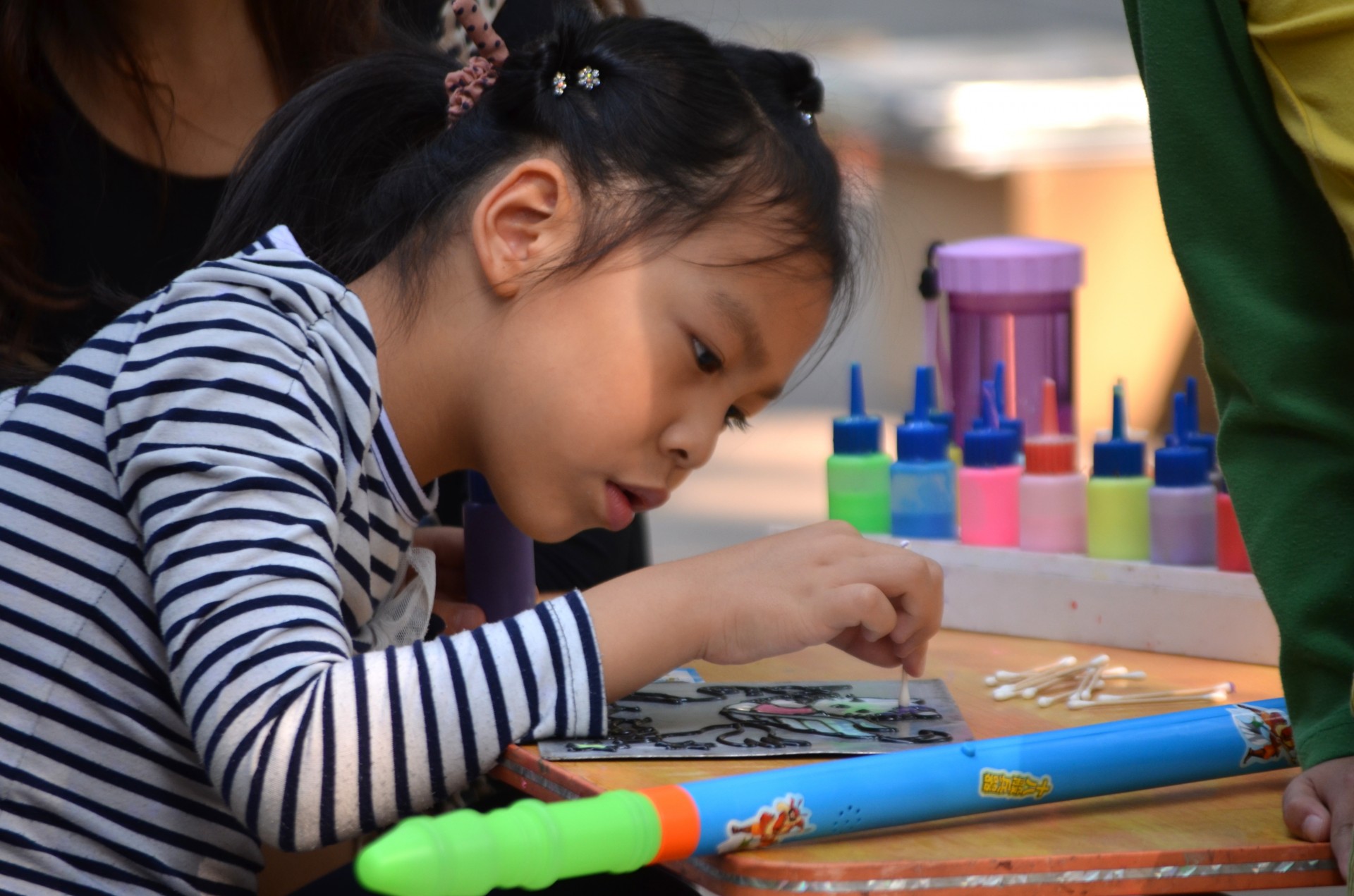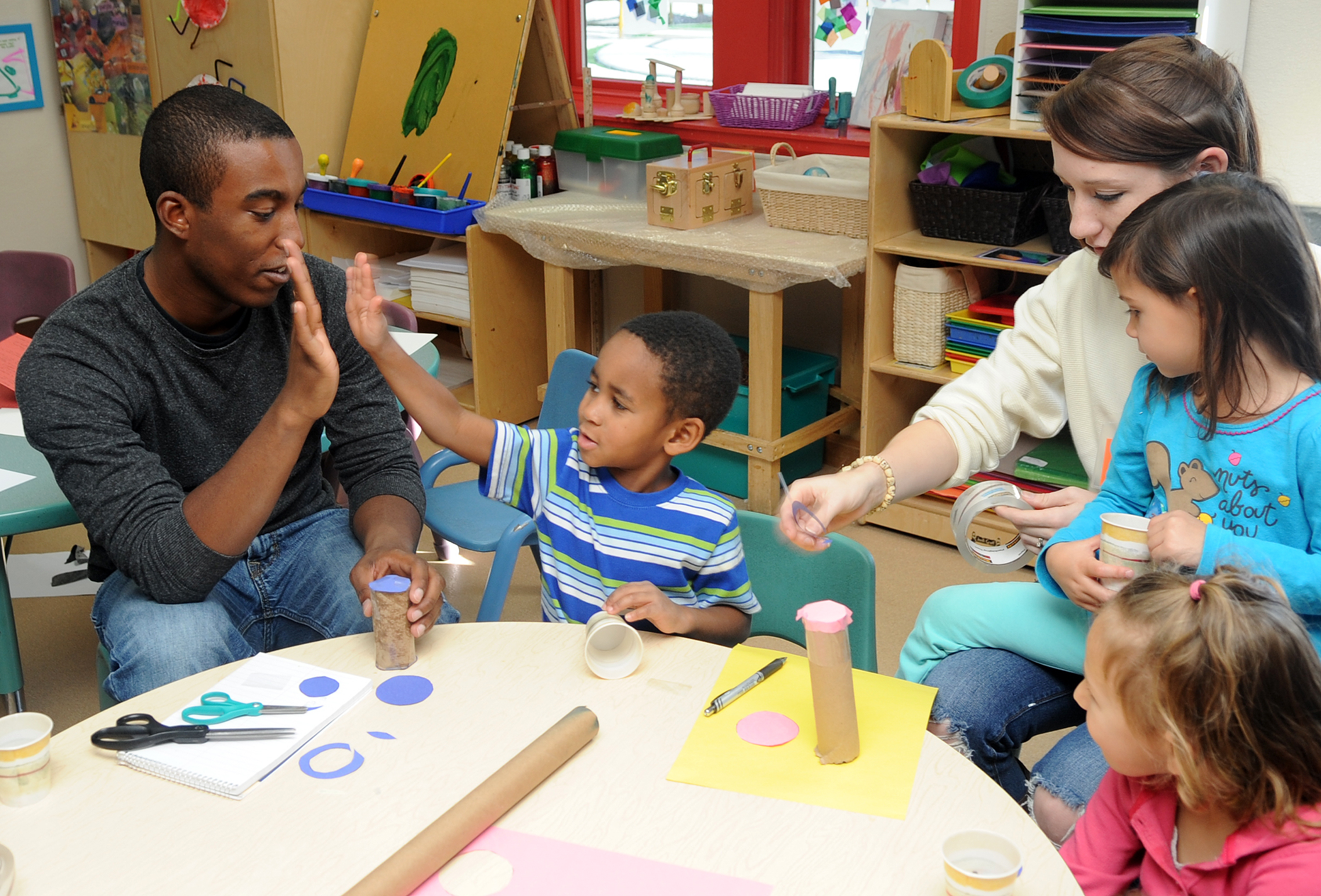Every week American children spend hours in care situations away from their own homes and families. Infants and toddlers of working parents spend an average of 36 hours a week in some type of daycare, frequently an institutionalized care center. Youngsters aged 6 to 18 spend over 900 hours a year, or 35 hours a week in classrooms during the school year. According to America After 3PM, a long term study on after school programs in the United States, 18% of school aged children participate in after school activities (not including time spent in sports activities) or extended care situations at least 15 additional hours a week throughout the school year. Added to their academic class time, that’s 45 hours a week or 5 hours longer than the standard work week for American adults.
As a former teacher, I know that in order to maintain attention, students need frequent breaks allowing their brains to rest and refocus and their bodies to move. I also know that with the current push on high stakes testing, down time is often eliminated. Across the country, recess breaks average 26 – 29 minutes a day which may include a 13 to 20 minute lunch period. Additionally, what used to be unstructured play time in elementary school is more and more turning into organized activity in order to “make the time productive”or to counteract complaints of schoolyard bullying. What American educational practice seems to have lost sight of is that both unstructured and structured outdoor time actually results in academic and social benefits.
ABILITY TO FOCUS
While all children need breaks throughout the day to be able to learn effectively, some have additional obstacles to overcome. The CDC (Center for Disease Control) estimates that over 11% of American youth ages 4 – 17 have been diagnosed with Attention Deficit Hyperactive Disorder. These children have challenges that range from an inability to focus in the classroom to disorganization, forgetfulness, impulsiveness, low self-esteem and few social skills. Medication, which can be expensive, is not always successful in controlling these symptoms. Research studies have shown that even 20 minutes of outdoor green space play can significantly reduce symptoms of ADHD, making classroom time more effective. The ability to concentrate and complete tasks is significantly improved and behavior problems are lessened. For some children with Attention Deficit Disorder, having a consistent daily hour of outdoor green play may reduce the need for one dose of medication per day.
CREATIVE THINKING AND PROBLEM SOLVING
There are two main thinking styles used when problem-solving– convergent and divergent. In convergent thinking, a single “correct” answer is found, while in divergent thinking, multiple creative solutions to problems are generated. Unstructured outdoor play in a nature based environment has been found to foster the more creative divergent thinking style in children. In unstructured outdoor play there are no hard and fast rules to follow; children have the freedom to explore the environment and to manipulate it in a variety of ways.They see that there are multiple ways to solve a problem. Using creative, critical thinking skills for play also prepares children to use that same skill set in school and for real world problems.
HEALTHY SELF-ESTEEM
Unstructured play in a controlled natural environment presents the opportunity for acceptable risk taking. By evaluating the situation, planning, organizing, carrying through on a solution and assessing the results, children learn that they are competent and capable individuals. This helps build the self-confidence they need to be able to take on and conquer new or unfamiliar tasks in the classroom or in their daily lives. They believe they can!
HIGHER TEST SCORES
According to several national studies, students who participate in nature based curriculum and outdoor education programs consistently score higher on standardized tests in math, science, social studies and language arts. Because outdoor education utilizes hands-on learning and appeals to all intelligences, students tend to approach the curriculum material with interest and enthusiasm. They are able to transfer what they have previously learned to unfamiliar material, integrating the familiar and unfamiliar to draw new conclusions.
REDUCING DROPOUT RATES
Every year approximately 6% of United States students drop out of public high schools and do not continue their academic education. Although some do later obtain a GED, this decision to drop out severely limits their financial future and ultimately costs society in terms of lost productivity. Studies reviewed by the Nature Conservancy show that high schools with active outdoor education programs have lower than average drop out rates. Students self-report that the curriculum in the outdoor education programs “matters.”
Loving and caring for children has been a focus of my life. My husband and I have raised two daughters and a son, we have four beautiful grandchildren and I have mentored literally hundreds of children during 25 years of teaching. Ensuring the well-being of our children is, in my opinion, one of our most important responsibilities. Championing the inclusion of outdoor education programs in curriculums and the installation of natural green space in play areas are two critical steps we can all take to ensure our children lead healthy, productive lives.





